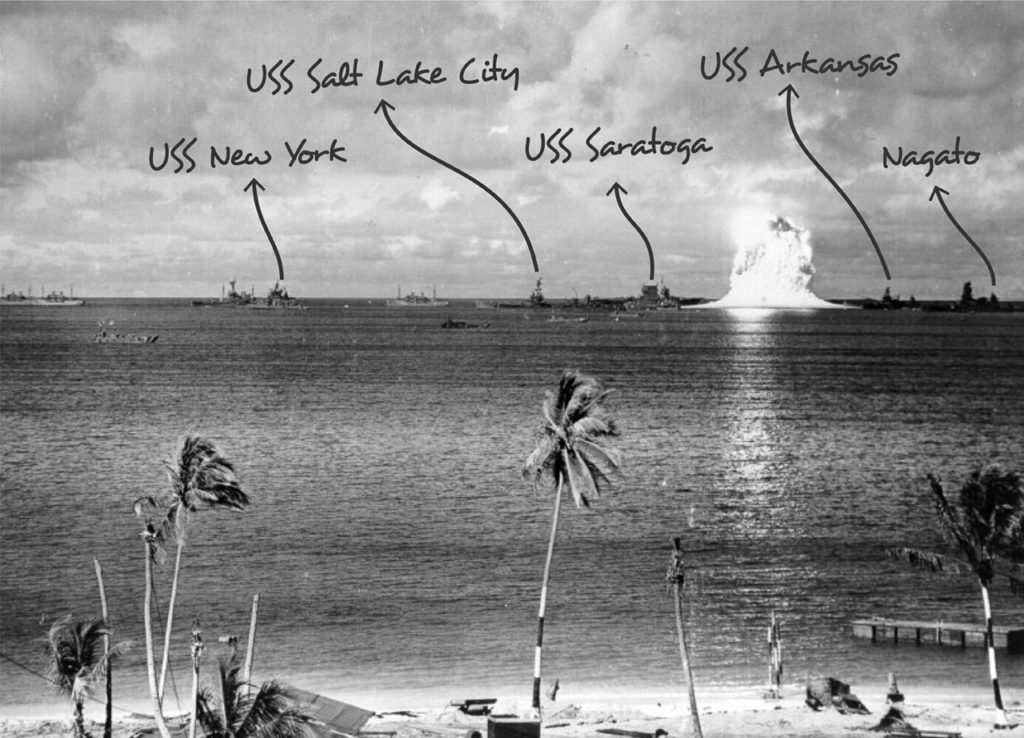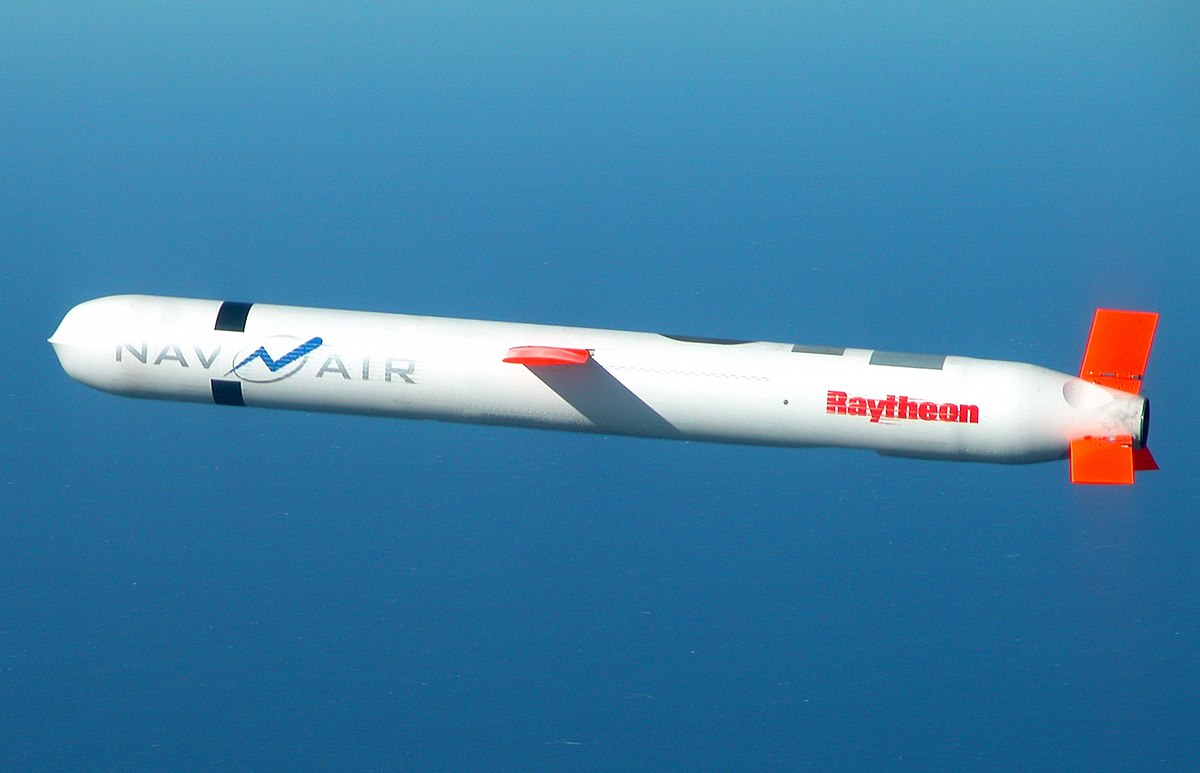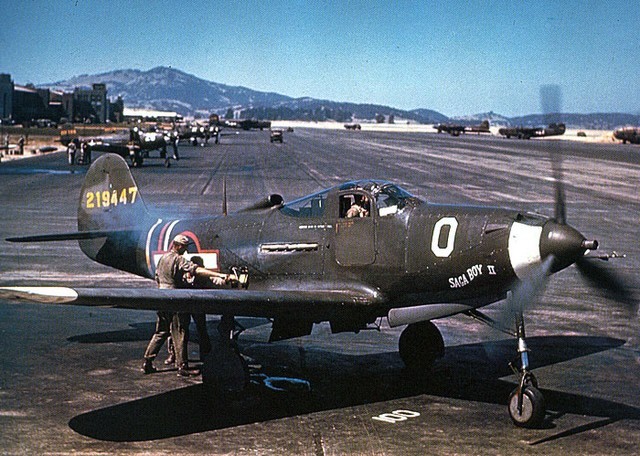I would modify that slightly.
"The Battleship is the only conventional weapon capable of taking down a carrier."
Unquestionably, a nuke would take one out of service, but even that would likely not sink it unless it went off right on top of it (or under it). Much of the crew would likely be dead and it would have significant damage, but even a nuke would likely not "destroy a carrier".
And how do we know that? Why, Operation Crossroads. Where the USS Saratoga CV-3 (1925) was only 2 km from the 23 kiloton blast of Test Able of Operation Crossroads on 30 June 1946. That was an airburst, and set much of her teak deck on fire. But overall, she only sustained light and easily repairable damage. She was ultimately sunk by the 23 kt detonation of Test Backer on 23 July, which was an underwater detonation only 400 meters from the keel.
Move to about 3:44 of the above video, and you can see the damage to a US carrier after a nuclear blast.
It took 2 nukes to sink a ship built over 15 years before the US entered WWII to sink a carrier. And the carriers today are much more hardened than those old ships ever were (as well as much more defended).
Most have absolutely no idea how much damage a carrier can withstand. And this is a simple fact, not a single fleet carrier of the US that entered service after the US entered WWII was ever sunk in combat. Not a single one. And that includes 17 that saw service during WWII. We lost some earlier pre-war and experimental carriers, but not a single one of the Essex Class or following carriers. And some of those took some significant damage during and after the war.
Not even the USS Forrestal (CV-59 - 1959) was sunk after at least 8 1,000 pound bombs and hundreds of smaller bombs detonated right on her flight deck, including an out of control fire fueled by over 40,000 gallons of jet fuel and was out of control for over 7 hours could destroy her. She returned to the US under her own power, and after less than 7 months of repairs was back in service.

It is very possible to take a modern carrier out of service, but that is far from destroying one. One simply needs to look at the overwhelming damage that both the US and Japan had to do to the carriers of each other in order to sink one. Even the pre-war ones took a lot of damage. The only real exception were the escort carriers, largely converted from pre-war light supply vessels. Those were really no more difficult to sink than any other freighter of the era.
Oh, and the time hash I gave earlier of the damage to a carrier of the era. That was not the USS Saratoga. No, the carrier with all that damage is actually the USS Independence (CVL-22), an early war conversion of a light cruiser that was already under construction when the war started. That ship was actually only half a kilometer away from Test Able, but was around 5 miles from Test Baker during that test. 5 miles from two nukes (one almost on top of her), she was then towed back to Hawaii then San Francisco to study the damage, then was sunk off the California Coast in 1951.
This was how much a quick conversion to a light carrier at the start of WWII could survive. I find it amazing that people seem to think they are built out of paper mache and chewing gum.
It's been noted that it takes at least a 2000lb hit to bring a carrier down as long as it is a strategic hit on the carrier. And it has to be a direct hit. Even a Nuke won't be able to do an equiv of a 2000lb + direct hit. It's going to take it out of commission but given a few months, the carrier will be back in service with, of course, a new crew, and new AC.
The Battleship (Iowa) throws a 2500lb projectile and when it starts hitting it will continue hitting. The Battleship also will require large hits to bring down. Afterall, the CVN-65 (Enterprise) shared the same keel as the Iowa Class.




